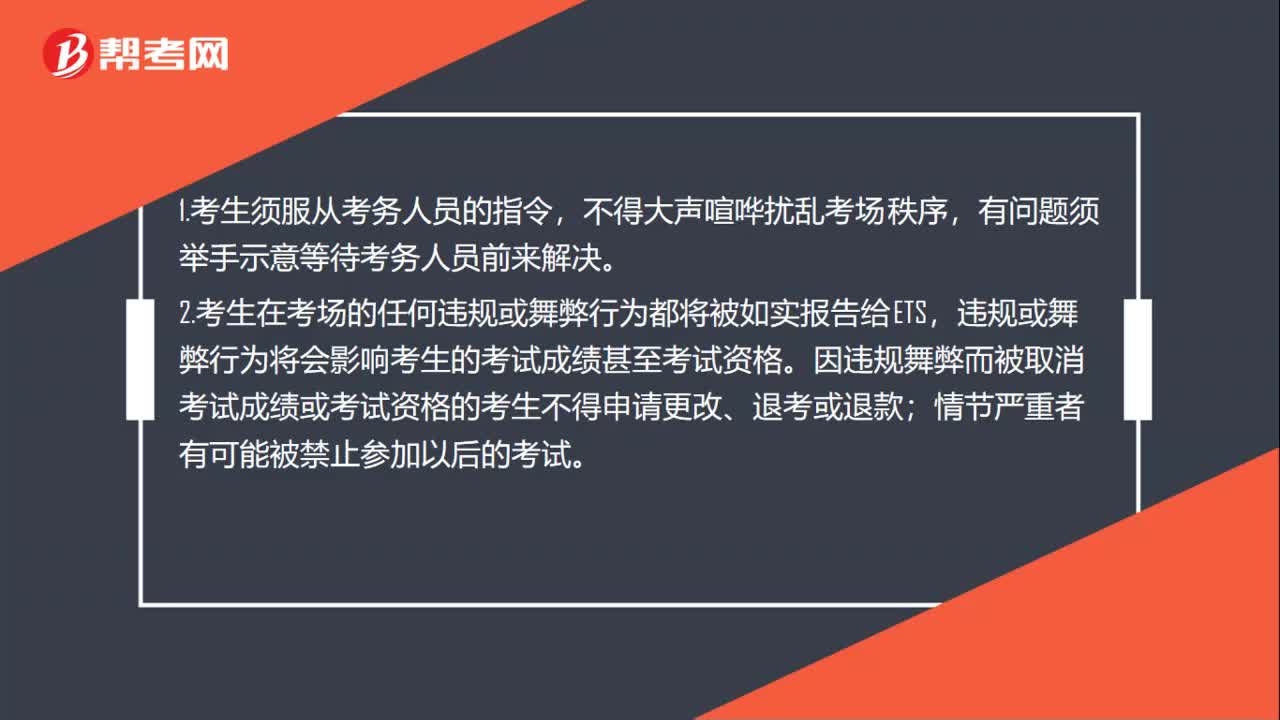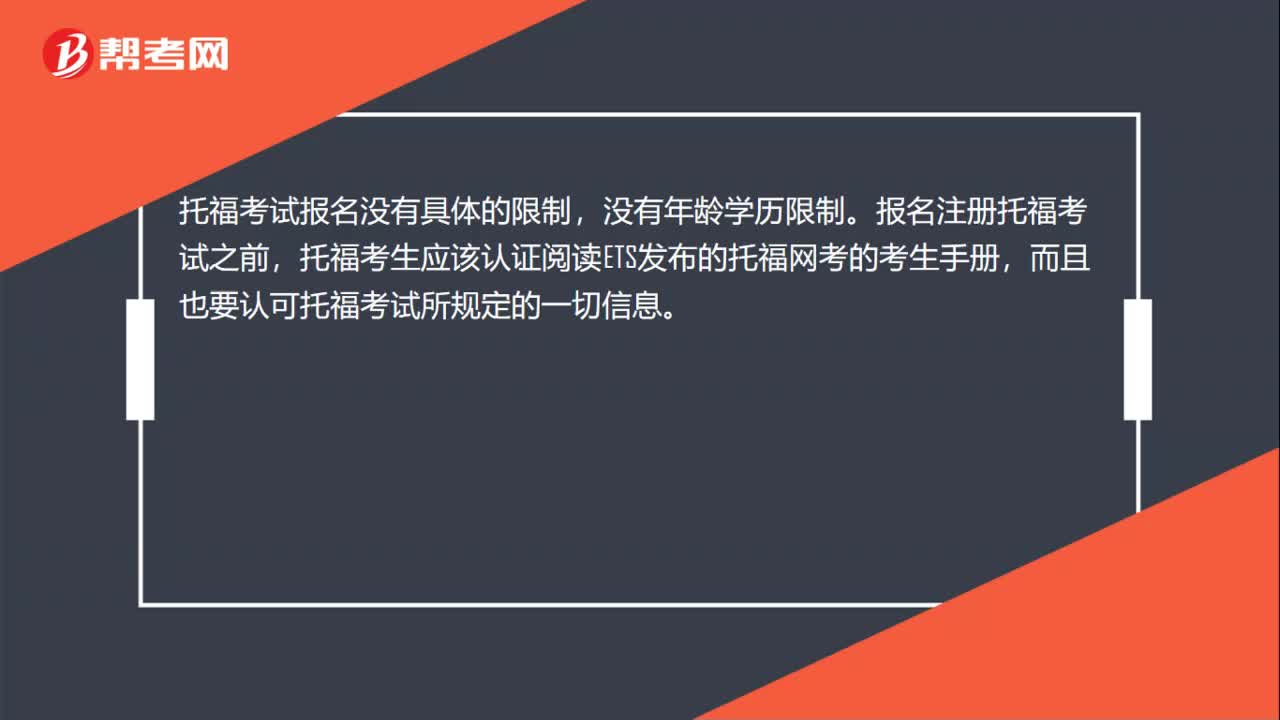
下载亿题库APP
联系电话:400-660-1360

下载亿题库APP
联系电话:400-660-1360

请谨慎保管和记忆你的密码,以免泄露和丢失

请谨慎保管和记忆你的密码,以免泄露和丢失

Narrator: Listen to part of a lecture in a theater class.
Pro: As we have seen, the second half of the 18th century was an exciting time in Europe: it was not only an age of great invention, but social changes also led to a rise in all sorts of entertainment, from reading to museums, to travel. And finding himself in the middle of this excitement was an accomplished French painter named Philippe Jacques de Loutherbourg.
Loutherbourg arrived in England in 1771, and immediately went to work as a set designer at the famous Drury Lane Theater in London. From his first shows, Loutherbourg showed a knack for imagination and stage design, all in the interest of creating illusions that allowed the audience to suspend disbelief completely. He accomplished this by giving the stage a greater feeling of depth, which he did by cutting up some of the rigid background scenery, and placing it at various angles and distances from the audience.
Another realistic touch was using three-dimensional objects on the set, like rocks and bushes as opposed to two-dimensional painted scenery. He also paid much more attention to lighting and sound than had been done before.
Now, these sets were so elaborate that many people attended the theater more for them than for the actors or the story. At the time, people were wild for travel and for experiencing new places; but not everyone could afford it. Loutherbourg outdid himself, however, with a show that he set up in his own home. He called it the "Eidophusikon".
"Eidophusikon" means something like representation of nature, and that's exactly what he intended to do: create realistic moving scenes that change before the audiences' eyes. In this, he synthesized all his tricks from Drury Lane: mechanical motions, sound, light, other special effects to create, if you will, an early multimedia production.
The "Eidophusikon" was Loutherbourg's attempt to release painting from the constraints of the picture frame. After all, even the most action-filled exciting painting can represent only one moment in time; and any illusion of movement is gone after the first glance. But Loutherbourg, like other contemporary painters, wanted to add the dimension of time to his paintings.
You know, the popular thinking is that Loutherbourg was influenced by landscape painting. But why can't we say that the "Eidophusikon" actually influenced the painters? At the very least we have to consider that it was more ... it was more of a mutual thing. We know, for example, that the important English landscape painter, Thomas Gainsborough, attended almost all of the early performances, and his later paintings are notable for their increased color and dynamic use of light.
Loutherbourg's influence on the theater though, he was incredibly influential. The way he brought together design and lighting and sound as a unified feature of the stage can easily be seen in English theater's subsequent emphasis on lighting and motion.
Now, the "Eidophusikon" stage was actually a box: a few meters wide, a couple meters tall and a couple meters deep. That is, the action took place within this box. This was much smaller of course than the usual stage. But, it also allowed Loutherbourg to concentrate the lighting to better effect.
Also, the audience was in the dark, which wouldn't be a common feature of the theater until a hundred years later. The show consisted of a series of scenes. For example, a view of London from sunrise that changes as the day moves on; mechanical figures, such as cattle, moved across the scene, and ships sailed along the river.
But what really got people was the attention to detail, much like his work at Drury Lane. So, for example, he painted very realistic ships, and varied their size depending on their distance from the audience. Small boats moved more quickly across the foreground than larger ones did that were closer to the horizon. Other effects, like waves, were also very convincing. They reflected sunlight or moonlight depending on the time of day or night. Even the colors changed as they would in nature.
Sound and light were important in making his productions realistic. He used a great number of lamps, and he was able to change colors of light by using variously colored pieces of glass, to create effects like passing clouds that suddenly change in color. Furthermore, he used effects to make patterns of shadow and light, rather than using the uniform lighting that was common at the time. And many of the sound effects he pioneered are still in use today, like creating thunder by pulling on one of the corners of a thin copper sheet.
One of his most popular scenes was of a storm. And there is a story that on one occasion, an actual storm passed over head during the show. And some people went outside, and they claimed Loutherbourg's thunder was actually better than the real thunder.
 32
32托福考试如何计分?:托福考试如何计分?托福考试的四个环节,分数由电脑自动生成和人工评分(经过专业培训的权威人士)两部分组成,确保分数的公平及准确性。只有托福考试采用这种多人评分机制,通过不记名方式,由多名接受过严格培训的考官予以评分,过程经过质量监控,达到高标准的公平性与客观性。
 43
43托福考试的考场规则是什么?:托福考试的考场规则是什么?1.考生须服从考务人员的指令,不得大声喧哗扰乱考场秩序,有问题须举手示意等待考务人员前来解决。2.考生在考场的任何违规或舞弊行为都将被如实报告给ETS,违规或舞弊行为将会影响考生的考试成绩甚至考试资格。因违规舞弊而被取消考试成绩或考试资格的考生不得申请更改、退考或退款;情节严重者有可能被禁止参加以后的考试。
 24
24托福考试的报名条件是什么?:托福考试的报名条件是什么?托福考试报名没有具体的限制,没有年龄学历限制。报名注册托福考试之前,托福考生应该认真阅读ETS发布的托福网考的考生手册,而且也要认可托福考试所规定的一切信息。